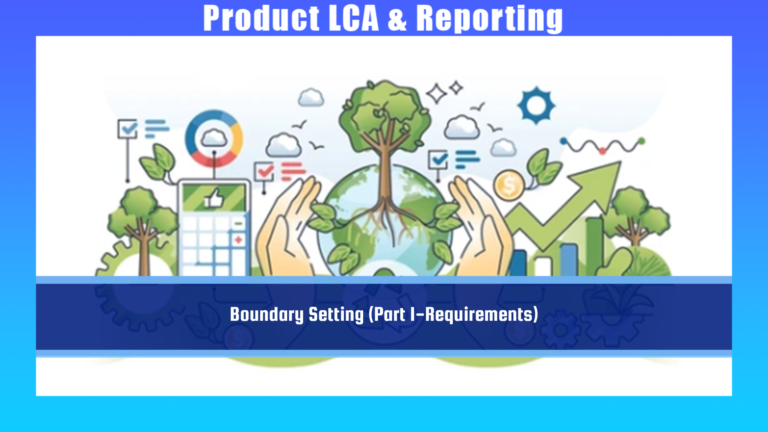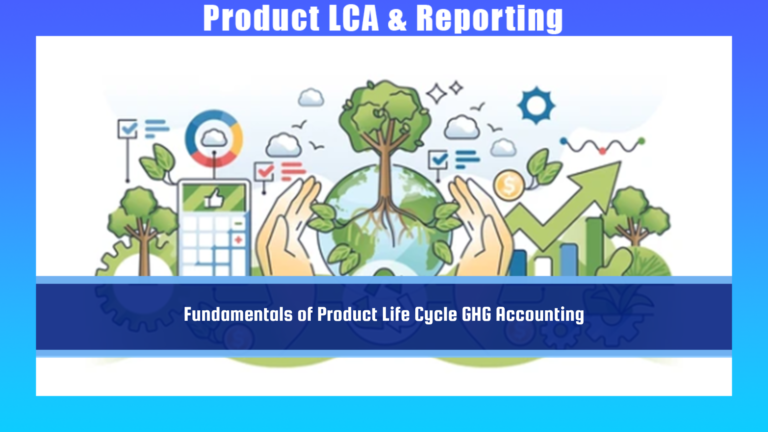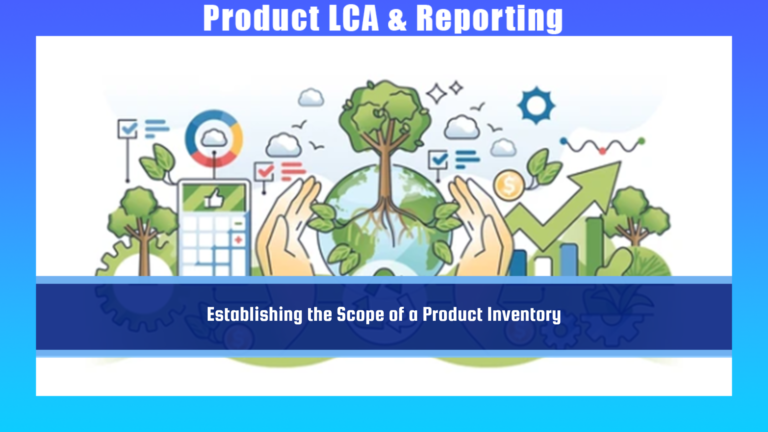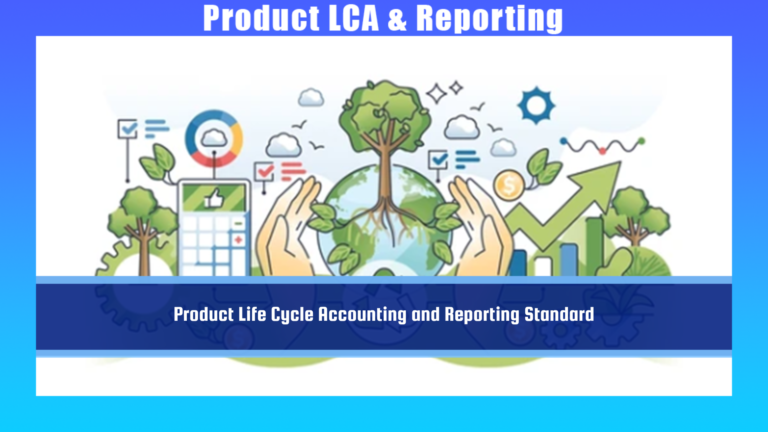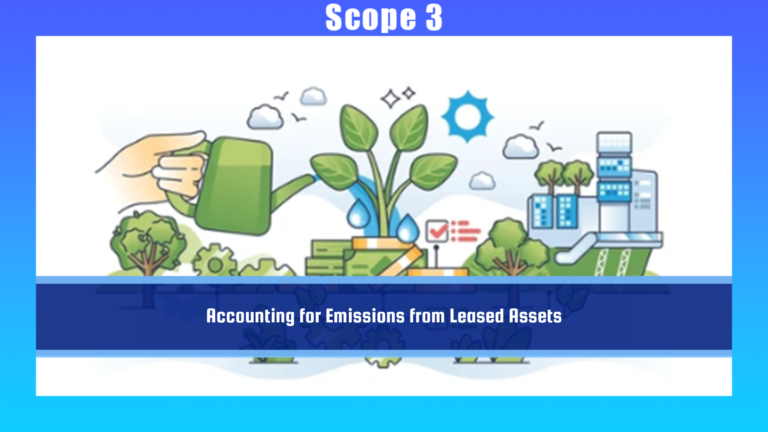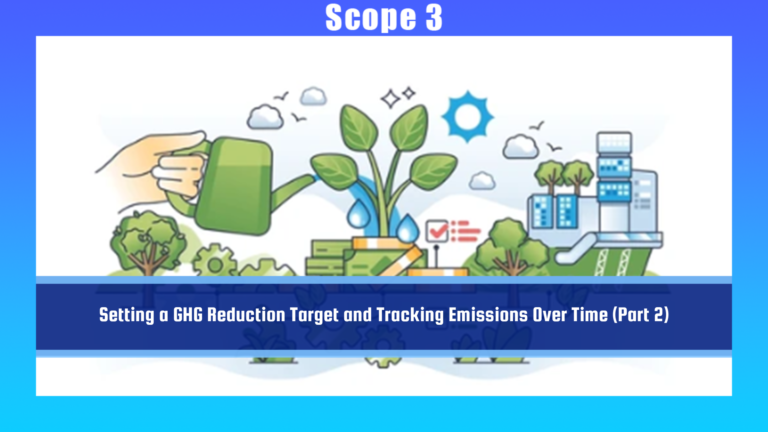BLOGS
January 5, 2024
Introduction
The next step in the inventory process is to define the boundary. The boundary identifies which emissions and removals are included in the GHG inventory.
Identifying Attributable Processes:...
January 2, 2024
Introduction
1. Life Cycle Assessment (LCA):
What it is: LCA is like a thorough investigation that looks at the environmental impact of a product from the very beginning to the very end of its life.
What...
December 22, 2023
Introduction
Imagine you are taking a photo. What do you want to capture in that photo? The well-defined scope is like deciding the boundaries of your photo. It’s about being clear on what you want...
December 20, 2023
The Greenhouse Gas Protocol
They made a set of rules (GHG Protocol Product Standard) that companies can use to manage the gases from the things they make and sell. They want to work with different groups...
December 16, 2023
This blog is like a roadmap that guides a company on how to collect and handle data for their greenhouse gas (GHG) inventory. It’s not just about gathering the data but also making sure it’s...
December 14, 2023
Imagine you’re trying to figure out how much your company is affecting the environment by looking at all the things you buy, use, and produce. This is what we call a “scope 3 inventory.”
But,...
December 7, 2023
.
Many companies either rent or lease things like buildings or vehicles to other companies, or they rent things from other companies. When it comes to tracking and reporting the emissions produced by...
November 28, 2023
.
Recalculating base year emissions
When a company wants to track its emissions over time, they need to calculate a base year to use as a reference point. This base year helps them see if their emissions...
No posts found

